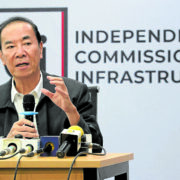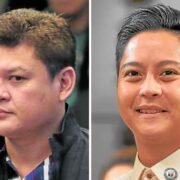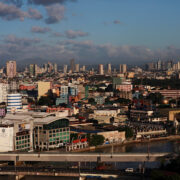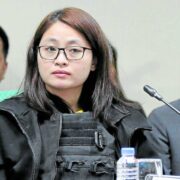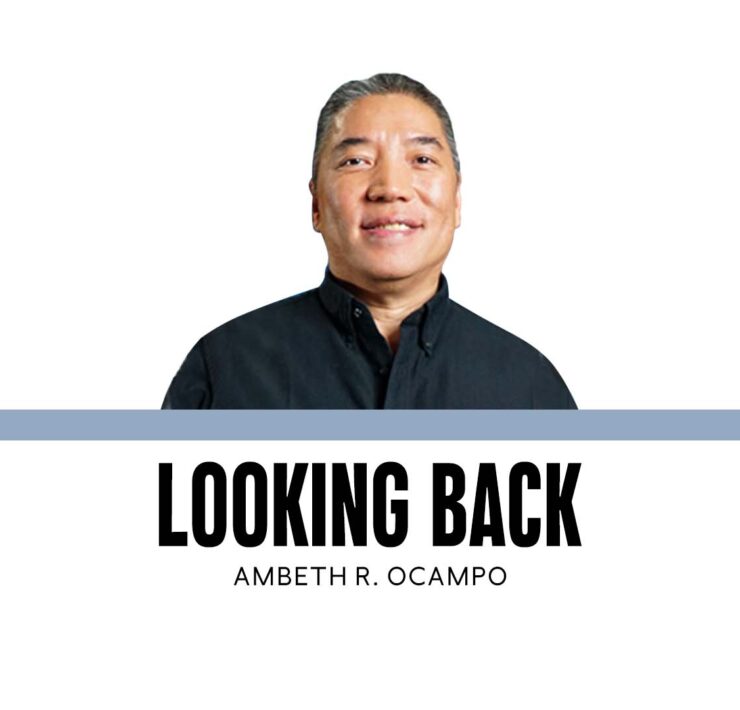Women on the margins of history
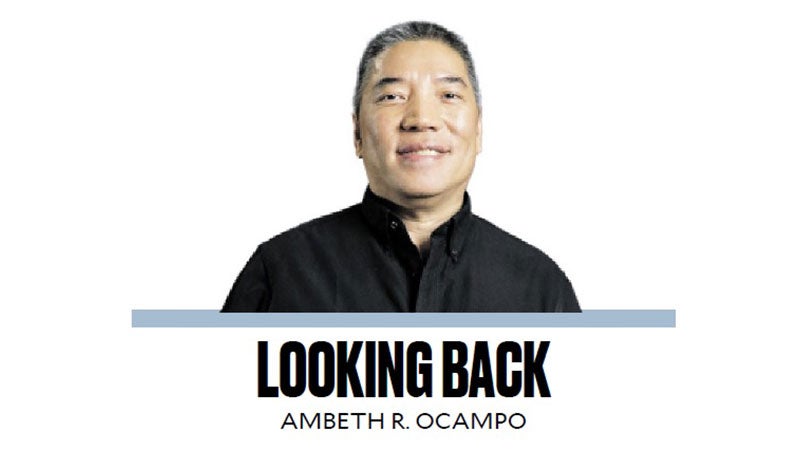
Maria Luisa T. Camagay, professor emerita of the University of the Philippines department of history, is the scholar who led the charge for the study of women and women’s issues in Philippine history. Beginning with her 1995 book “Working Women of Manila during the 19th Century,” she recast history into “HER-story,” promoting women’s studies until it became accepted as a legitimate branch of Philippine historical inquiry. In 2010, she edited “More Pinay Than We Admit,” a compilation of essays in the field and a second volume this year, a gap of 15 years. The subtitle of the book is “The Filipina Emerges from the Margins,” and while it is a collective of 14 different authors (13 women and one male), it reads coherently and flows well, tracing Filipinas in history from the 16th century to the present.
I read the book in one sitting, lured into the rabbit hole by Gloria Esguerra Melencio’s essay on “Historical Markers on Filipino Women’s Sexuality during Spanish Colonial Times.” Despite its dull academic title, the essay’s content was an exposition of how female sexuality in the Philippines was framed by men, mostly Spanish religious chroniclers, who were understandably shocked to find different customs in their newfound colony: the use of penis implements, slavery of women, notions of virginity, concubinage, marriage, divorce, and polygamy at odds with their imported, Western, male, and Christian norms.
The two pages on the penis implements cite the first reference in Antonio Pigafetta’s 1521 account of the Magellan expedition. Pigafetta described this as a penile piercing with: “a gold or tin bolt as large as a goose quill, and in both ends of the same bolt, some have what resembles a spur, with points upon the ends, and others [have] what resembles the head of a cart nail … In the middle of the bolt is a hole, through which they urinate.” Pigafetta also noted that women would not “communicate” with the men without it!
Unfortunately, Pigafetta did not actually see this and merely relied on his informants. Sometimes, I wonder if the Pinoy informants he encountered agreed among themselves, “gag*hin natin ito.” But that does not explain why accounts of penis implements used by precolonial Pinoys are found in other sources: Miguel de Loarca (1582), Antonio de Morga (1609), and Francisco Ignacio Alzina (1667). The anonymous “Boxer Codex” (circa 1590) has a drawing on the margin of one of the manuscript pages. Twenty-first-century Pinoys, especially Visayan seafarers, boast of penile implants that can probably trace their roots to the ones Pigafetta saw in 1521.
Many of the essays in Camagay’s new book merely show the tip of the proverbial iceberg, pointing readers to the uncharted waters of primary sources in the National Archives of the Philippines. In the essay by Ma. Rita Lourdes Alfaro, she looks at bundles of documents that also caught my eye 40 years ago when I first ran my fingers through the catalog: aborto (abortion), infanticido (infanticide), homicidio (homicide), adulterio (adultery), and prostitucion (prostitution) that also include cases of vagrancy, undocumented women, and so-called “mujeres publicas (public women).” Alfaro shows how these seemingly banal archival classifications frame Filipinas, their passion, and their crimes within the male gaze of the colonial authorities. It is not just the content of the documents, but also the way they were written and understood at the time, that deserves closer investigation and reinterpretation.
Camagay’s essay “Disarming the Catalonans of Zambales during the 17th Century” deals with the confiscation of ritual vessels of the Catalonans/Babaylans by a priest, attempting to stamp out the precolonial religion by using children of the community to rat on their elders. An inventory of the different types of earthenware vessels used by the babaylan is supplied. This long-lost episode in Philippine history frames the difficulties the Church had in converting Filipinos from their old faith into Christianity. It is to be noted here that not all Catalonans or Babaylans were women, there were some labeled as “bayoguin,” who were male babaylan who cross-dressed or were described as men who “had the nature of women.” This is a footnote that gains relevance in contemporary LGBTQ issues.
Mary Dorothy Jose revisits the way women are represented in accounts of the Philippine revolution, where some led men in battle as “generala” or “babaeng lalake.” Ma. Serena Diokno looks back on silences in history, focusing on Melchora Aquino, or “Tandang Sora,” who was only recognized in the 20th century. She has since appeared on banknotes, coins, stamps, textbooks, and monuments, her nickname is remembered. A far cry from the list of people arrested following the outbreak of the revolution in August 1896, when she was merely described as “a woman, a certain Sora.” From the margins and peripheries of Philippine history, the Filipina emerges to underscore what we now call HER-story.
Ambeth is a Public Historian whose research covers 19th century Philippines: its art, culture, and the people who figure in the birth of the nation. Professor and former Chair, Department of History, Ateneo de Manila University, he writes a widely-read editorial page column for the Philippine Daily Inquirer, and has published over 30 books—the most recent being: Martial Law: Looking Back 15 (Anvil, 2021) and Yaman: History and Heritage in Philippine Money (Bangko Sentral ng Pilipinas, 2021).




